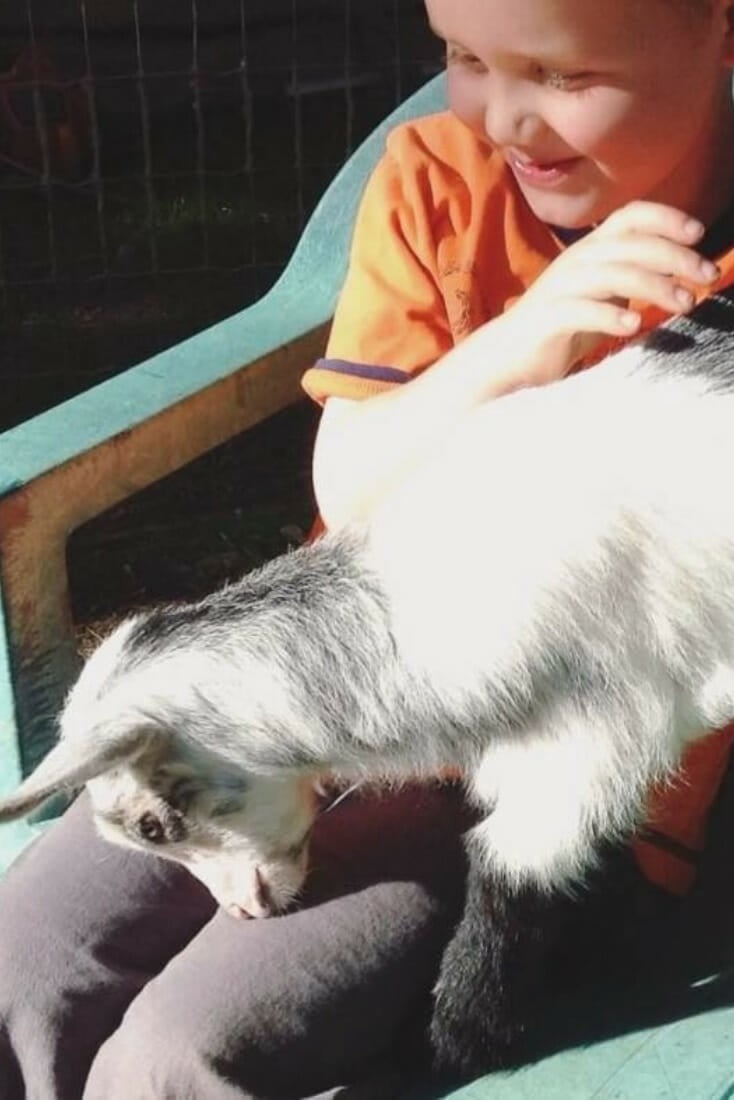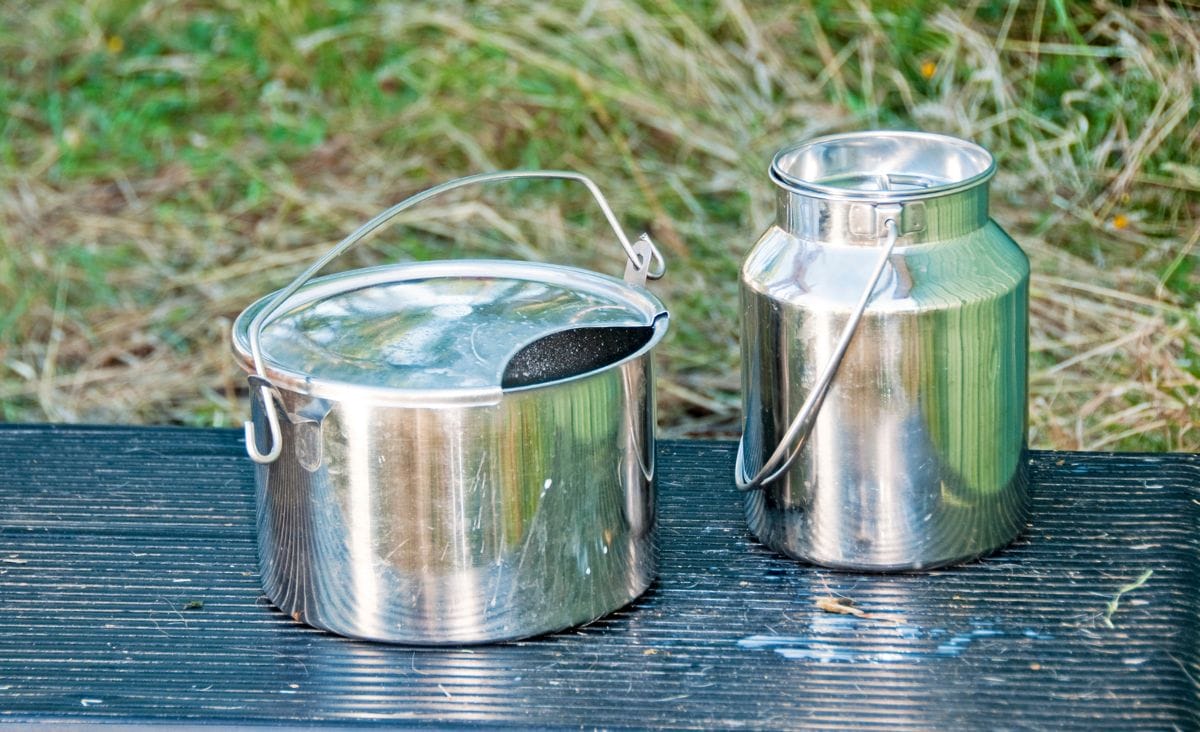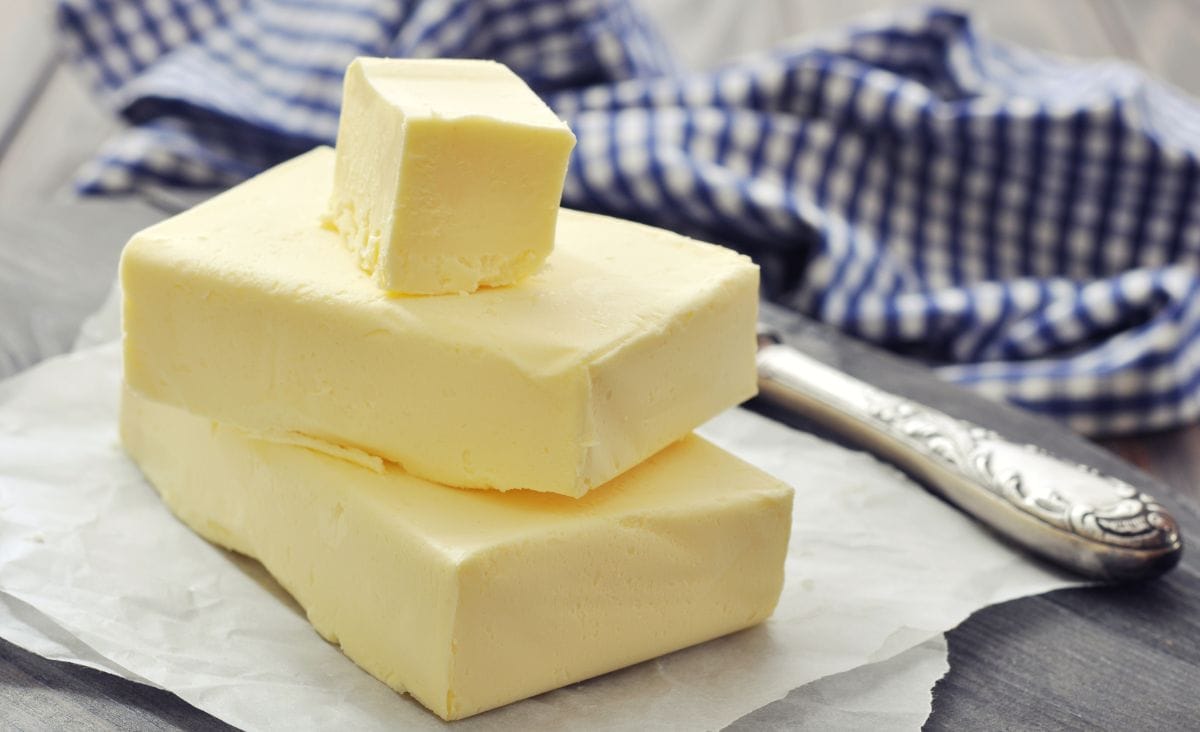ABOUT ME
Hi, I’m Jessica Knowles!
Welcome, fellow homesteaders! I’m Jessica, a single mother of three and author of The 104 Homestead. I’m so excited to share my journey to self-sufficiency with you! Self-sufficiency is all about mastering skills such as organic gardening, animal husbandry, natural remedies, and more – and I’m here to show you how!
The Start of My Homesteading Journey
My homesteading journey began out of necessity when I was expecting my third child. With an imminent delivery, no job, and only one income to rely on, I had to find ways to cut costs. So, I started making things I usually buy, like meals, cleaning, and personal care products. Before I knew it, I was tending chickens and planting gardens with a newborn snuggled against my back. Now, twelve years later, I’m proud of my journey.
Homesteading has not only helped us financially but it’s given me a sense of accomplishment that I’ve never felt before.
The Creation of The 104 Homestead
In 2013, The 104 Homestead blog was born out of a struggle many homesteaders can relate to – the feeling of being overwhelmed by the seemingly vast and insurmountable tasks that come with taking on the role of a modern-day homesteader. After being bitten by the bug, I was determined to find a way to manage the seemingly endless list of projects – rain barrels, bees, quail, and more – while still achieving my goals.
The answer was to break down my goals into small, manageable pieces. After creating a plan of action with a few goals for each season (which, in Maine, is similar to nearly winter, very winter, still winter, not too bad), I decided to share my newfound knowledge with fellow homesteaders.
Through creating a blog where I published my first post, A Piece of Paper: Creating Homestead Goals.
Fast-forward to today – my blog has been upgraded, people all over the world are subscribing and readers are following my journey. What began as a single piece of paper has transformed so much and here at The 104 Homestead, I’m committed to helping inspiring homesteaders reach their goals.
Flash Forward to 2018
In 2018, life took an unexpected turn when I divorced. I ended up purchasing a homestead in the mountain valleys of Western Maine. With 5 1/2 acres, I had the opportunity to start fresh and give my children a chance to experience a life rooted in even more sustainability and self-sufficiency. We jumped in with both feet; the more involved we became, the more fulfilled we felt. The kids have flourished amid the fresh air and open spaces, growing in knowledge and independence alongside our farm. We also added an amazing man named Michael to our little tribe. He shares our passion for homesteading.
Our dreams have become a reality and we couldn’t be happier.
What I Believe…
The 104 Homestead blog is on a mission to teach homesteaders of all levels – from city apartment dwellers to rural farmers – how to become more self-sufficient. My goal is to demonstrate that there’s no “right way” or “wrong way” to approach homesteading – even small steps can have an enormous impact. My expertise is in helping you find the best methods, whether traditional or cutting-edge, to make your homestead truly yours.




![A Simple DIY Strip Cup Trick for Milking [with video]](https://104homestead.com/wp-content/uploads/2023/02/milk-strip-cup1.jpg)

